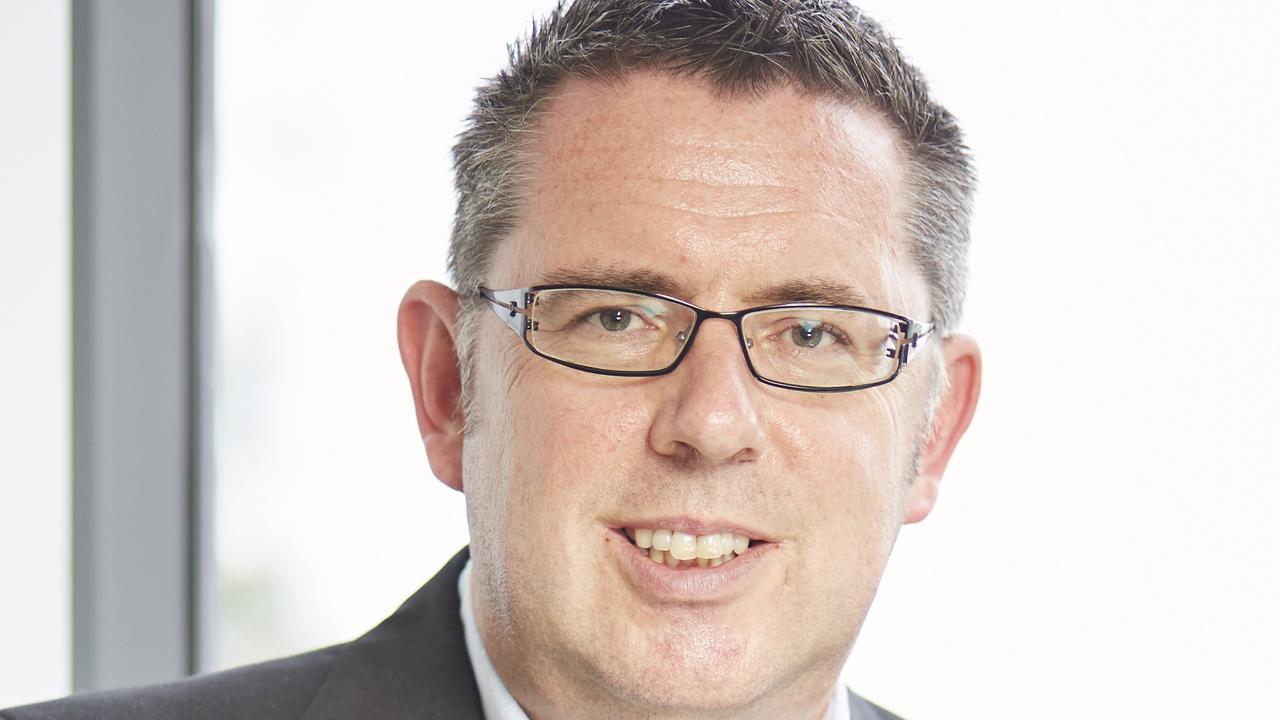HECS and HELP debts set to surge by 7 per cent in 2023 as inflation soars
The more than $68 billion in higher education loans currently owed by millions of Aussies is set to explode. Here’s what’s coming, and what you can do about it.
The higher education debts of nearly three million Australians are likely to surge by seven per cent next year.
Already more than $68 billion is owed under HECS and HELP schemes — a sum set to explode in 2023 because of “indexing” linked to the rate of inflation, which is high and rising.
H&R Block director of tax communications Mark Chapman said many people will find that their student loans will grow even after compulsory repayments are taken from their earnings.
This is because anyone on an annual income of under $100,000 repays less than seven per cent of their HECS/HELP debt.
“You could find yourself with a bigger debt each year,” Mr Chapman said.

The lowest repayment tier — of one per cent — is for people earning between 48,361 and $55,836 annually.
The top tier, being 10 per cent, kicks in once workers make more than $141,848.
On June 1 each year, education debts are indexed to the rate of inflation.
In 2021, the increase was just 0.1 per cent.
But for this year it is 3.9 per cent, reflecting the early stages of Australia’s worsening inflation breakout.
On the average debt of $23,000, this year’s indexing will add $900 to what’s owed.

The Reserve Bank of Australia and federal Treasury expect the rate of inflation to soar past seven per cent by the end of this year.
So that debt which was $23,000 will rise by an even larger amount in 2023.
The exact figure would depend on individual earnings and the level of compulsory repayment in 2022.
Mr Chapman suggested it was a good idea to consider a voluntary repayment to try to reduce the amount of HECS/HELP debt owed.
“It makes a considerable amount of sense,” Mr Chapman said.





